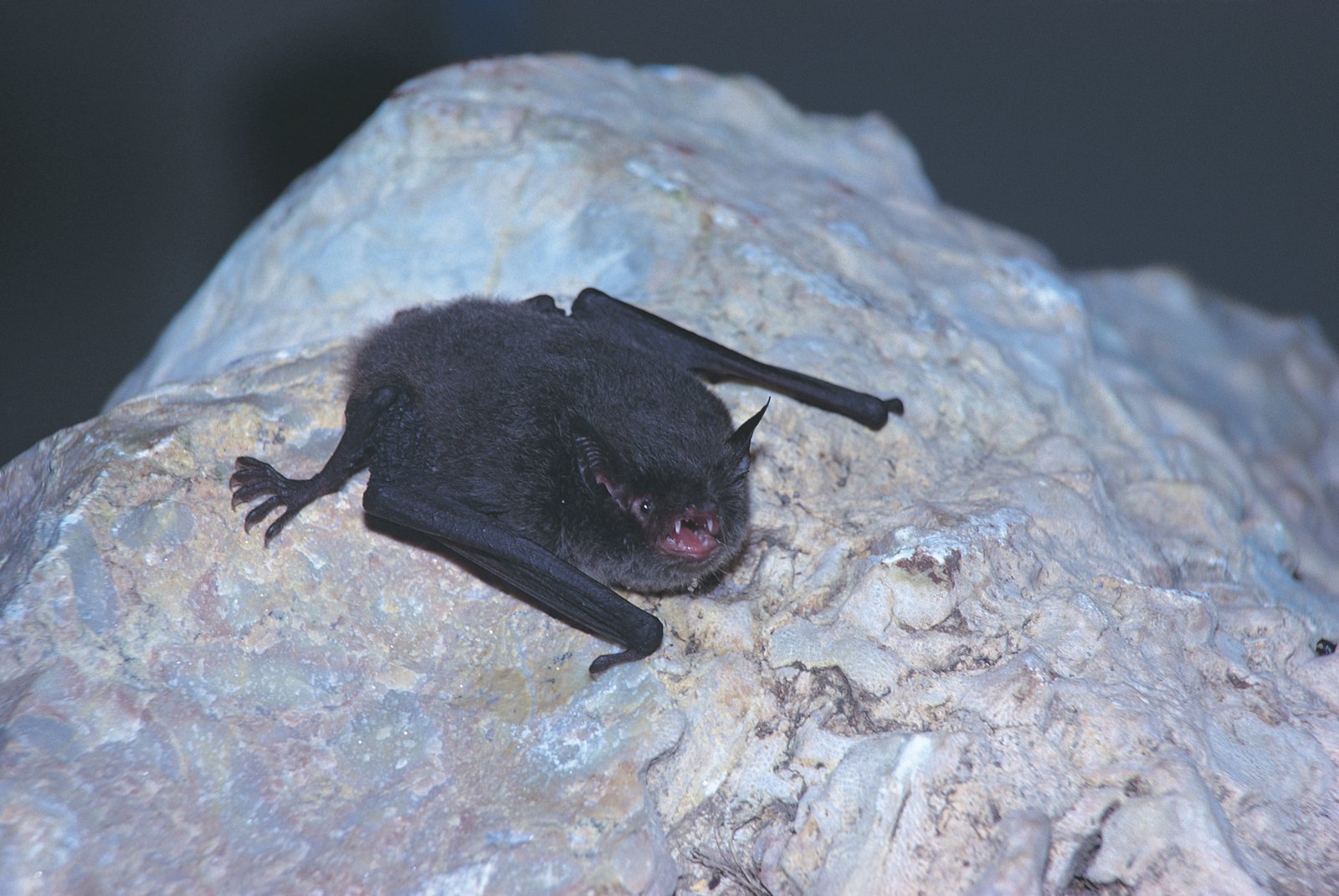Southern Myotis
Fishing bats; Large-footed Myotis

Southern Myotis
Image: Allan Young© Australian Museum
Introduction
Southern Myotis's can hibernate during winter. They are also known as fishing bats.
Habitat
Southern Myotis's roost in tree hollows, caves, mines, culverts and under briddges, often close to water. Sometimes they are found roosting in roofs and ceilings. Usually ten to fifteen bats, though sometimes up to 100 bats, roost together in a colony.
Distribution
Feeding and diet
Southern Myotis's feed on aquatic insects and small fish. They fly close to the surface of rainforest streams or large lakes and reservoirs. To catch their prey, they rake the water with the curved claws on their large feet.
Breeding behaviours
Female Southern Myotis's can breed once a year and produce one baby.
Conservation status
Southern Myotis's are vulnerable to destruction of roost sites in caves by mining, tree hollows by clearing, disturbance by human visitors to cave roosts, changes to feeding areas by forestry and agricultural activities and pollution of rivers.


